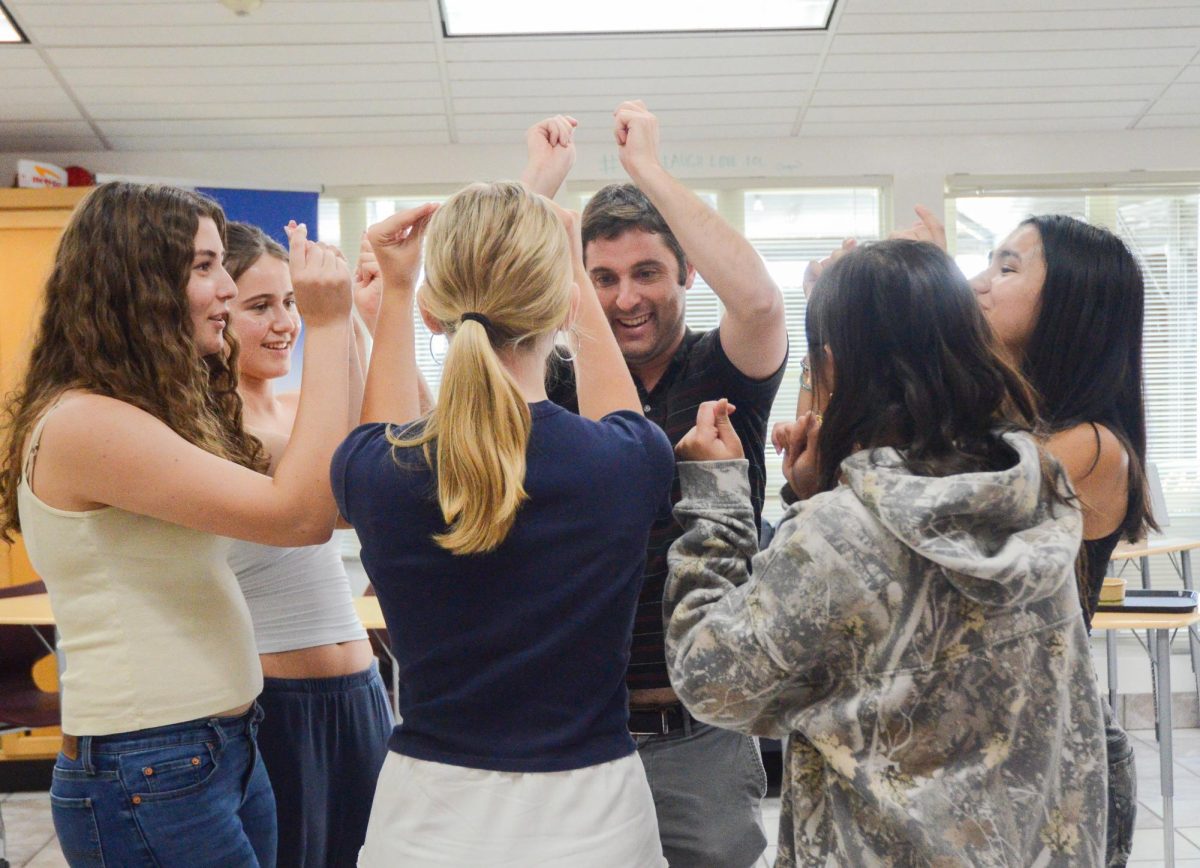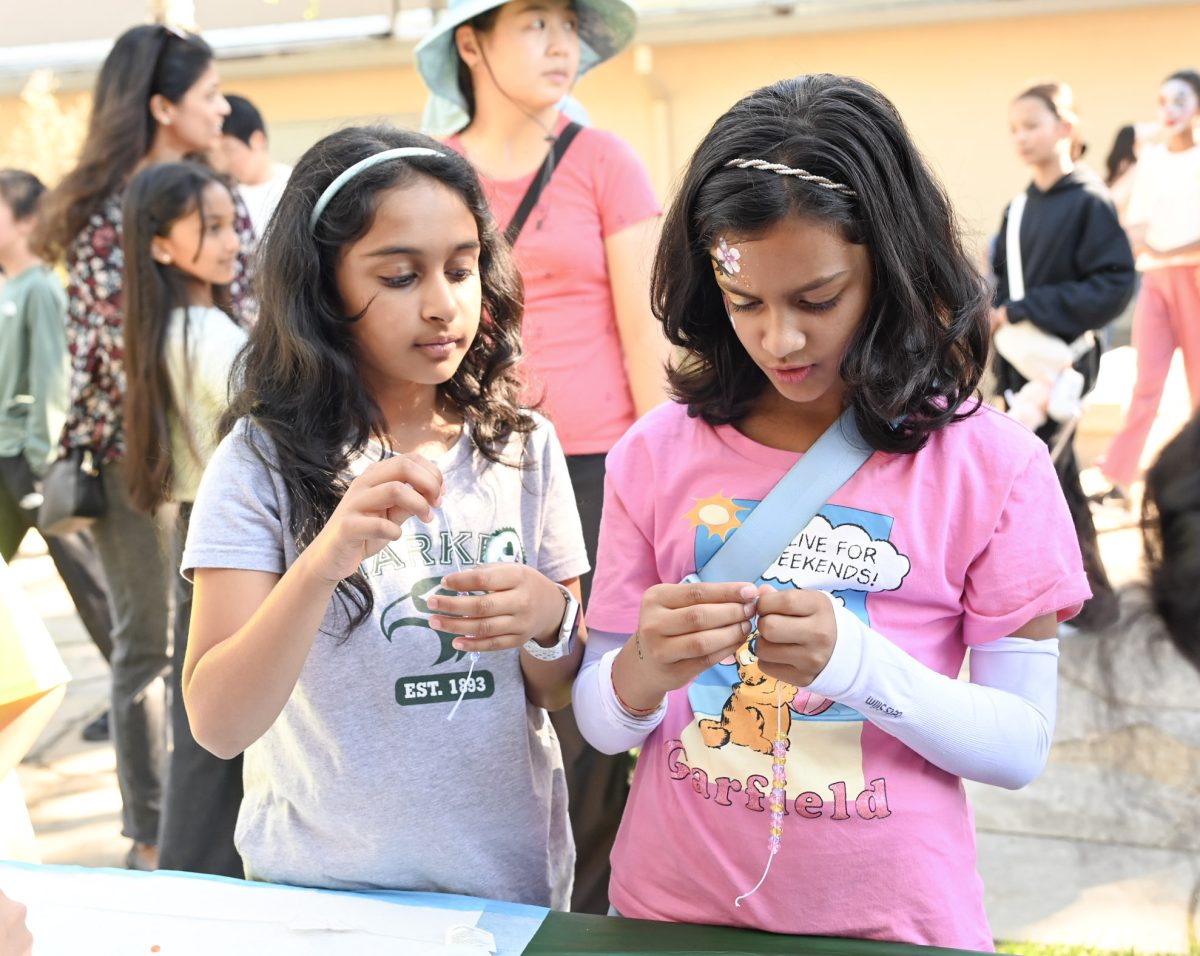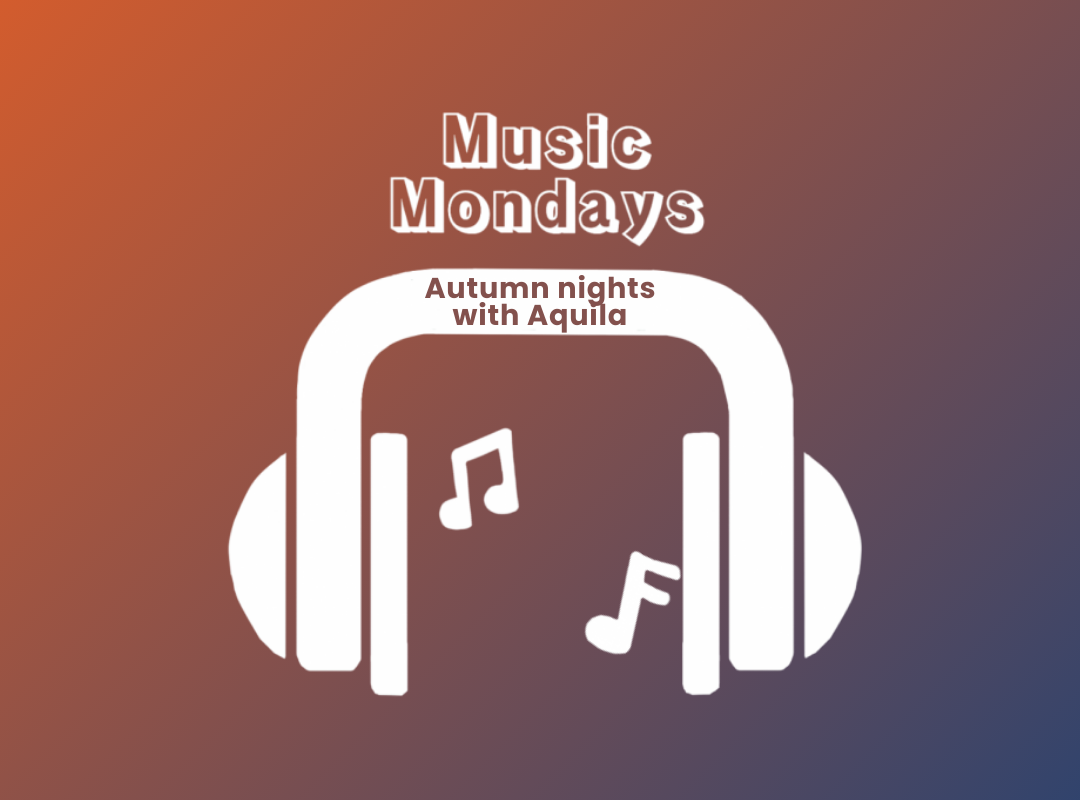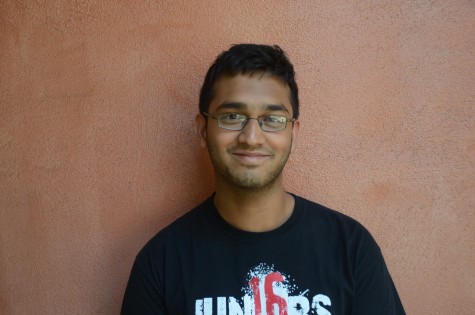It is that time of year when holiday bells are ringing, the extended Black Friday sales are booming, and families have just met over the break to celebrate Thanksgiving. However, not everyone observes this holiday the same way.
Although both United States and Canada celebrate Thanksgiving in November, the reasons for giving thanks are different. For many Americans, Thanksgiving is an opportunity to appreciate friends and family, whereas the Canadians give thanks for a successful yearly harvest. The two traditions are not completely different, however; they both have elaborate feasts including turkey, potatoes, and a cornucopia of other delicacies.
In the Jewish culture, many celebrate a religious holiday known as Sukkot sometime in September or October. For seven days, all of the members of the household sleep and eat inside the sukkot, a walled structure covered with tree branches. Their feasting is very similar to that of Thanksgiving: a kosher turkey, pumpkin flan, asparagus, and corn bread.
For the Vietnamese community, there is no Thanksgiving, but the closest celebration is the moon festival known as Tet Trung Thu. The holiday falls on the 15th day of the eighth month of the lunar calendar. This festival serves as a family reunion after the harvest season. While the children play with colorful moon lanterns shaped as dragons, moons, and suns, the adults enjoy moon cakes along with hot tea.
In the Chinese culture, Thanksgiving is celebrated in December and is known as DongZhi. Signaling the beginning of the winter season, this tradition is commemorated with a small festival where parents cook winter food. However, it is not as big a holiday as the Moon Festival or Chinese New Year.
The Indian version of Thanksgiving is known as Pongal and is celebrated in January. Different religions of India observe it differently due to the diversity of cultures. It is known as Bhogali Bihu in the northeastern state of Assam, Lohri in Punjab, Bhogi in Andra Pradesh, and Makar Sankranti in the rest of the country. Pongal honors the harvest of the crops and is an opportunity to give thanks to the gods. Usually, people feast with friends and family and decorate their houses with muggulu, artistic intricate patterns drawn on a wet surface using chalk powder.
In other cultures, such as those of Latin America, Thanksgiving is not normally celebrated. However, Hispanics have a tradition with similar roots through which they thank God and their families and have a celebratory feast with plenty of food choices.
Different cultures have unique ways of celebrating Thanksgiving, but there is one common theme: enjoying spending time with friends and family while also expressing gratitude for all the good events that happen in life.


















![“[Building nerf blasters] became this outlet of creativity for me that hasn't been matched by anything else. The process [of] making a build complete to your desire is such a painstakingly difficult process, but I've had to learn from [the skills needed from] soldering to proper painting. There's so many different options for everything, if you think about it, it exists. The best part is [that] if it doesn't exist, you can build it yourself," Ishaan Parate said.](https://harkeraquila.com/wp-content/uploads/2022/08/DSC_8149-900x604.jpg)




![“When I came into high school, I was ready to be a follower. But DECA was a game changer for me. It helped me overcome my fear of public speaking, and it's played such a major role in who I've become today. To be able to successfully lead a chapter of 150 students, an officer team and be one of the upperclassmen I once really admired is something I'm [really] proud of,” Anvitha Tummala ('21) said.](https://harkeraquila.com/wp-content/uploads/2021/07/Screen-Shot-2021-07-25-at-9.50.05-AM-900x594.png)







![“I think getting up in the morning and having a sense of purpose [is exciting]. I think without a certain amount of drive, life is kind of obsolete and mundane, and I think having that every single day is what makes each day unique and kind of makes life exciting,” Neymika Jain (12) said.](https://harkeraquila.com/wp-content/uploads/2017/06/Screen-Shot-2017-06-03-at-4.54.16-PM.png)








![“My slogan is ‘slow feet, don’t eat, and I’m hungry.’ You need to run fast to get where you are–you aren't going to get those championships if you aren't fast,” Angel Cervantes (12) said. “I want to do well in school on my tests and in track and win championships for my team. I live by that, [and] I can do that anywhere: in the classroom or on the field.”](https://harkeraquila.com/wp-content/uploads/2018/06/DSC5146-900x601.jpg)
![“[Volleyball has] taught me how to fall correctly, and another thing it taught is that you don’t have to be the best at something to be good at it. If you just hit the ball in a smart way, then it still scores points and you’re good at it. You could be a background player and still make a much bigger impact on the team than you would think,” Anya Gert (’20) said.](https://harkeraquila.com/wp-content/uploads/2020/06/AnnaGert_JinTuan_HoHPhotoEdited-600x900.jpeg)

![“I'm not nearly there yet, but [my confidence has] definitely been getting better since I was pretty shy and timid coming into Harker my freshman year. I know that there's a lot of people that are really confident in what they do, and I really admire them. Everyone's so driven and that has really pushed me to kind of try to find my own place in high school and be more confident,” Alyssa Huang (’20) said.](https://harkeraquila.com/wp-content/uploads/2020/06/AlyssaHuang_EmilyChen_HoHPhoto-900x749.jpeg)
















